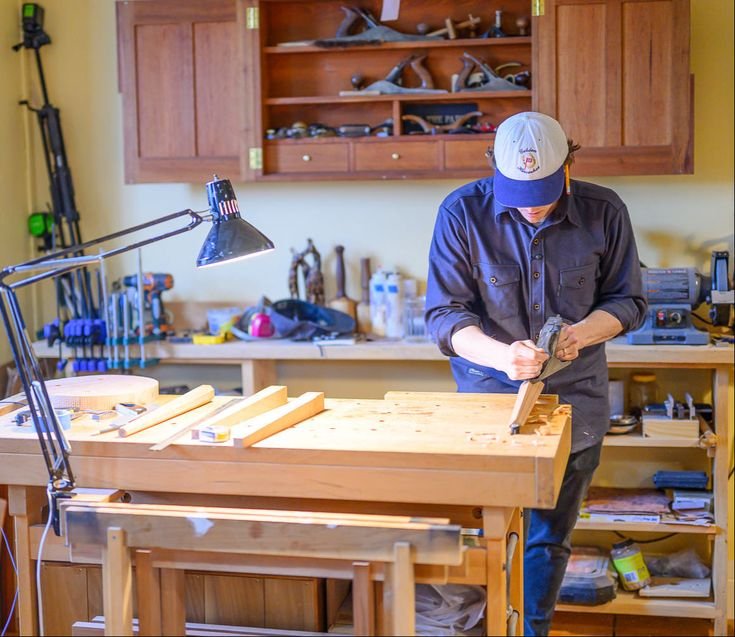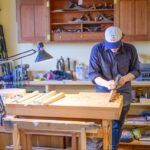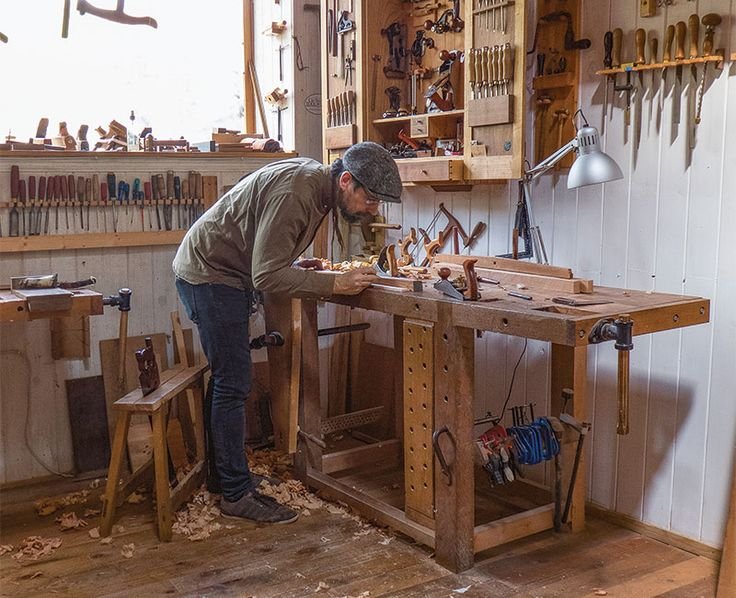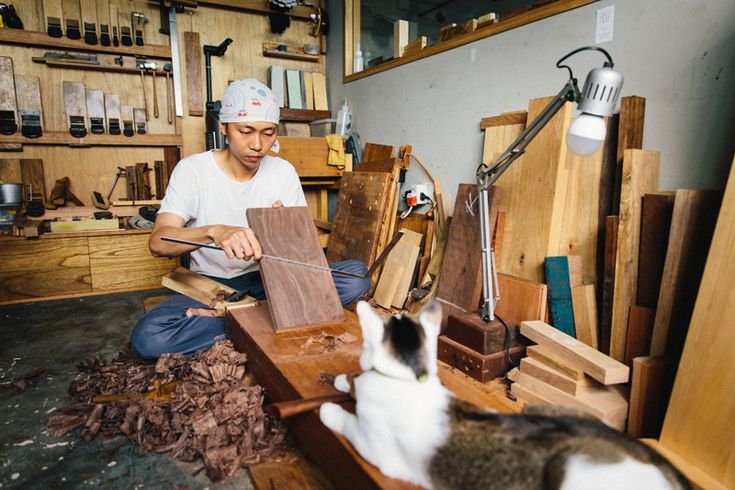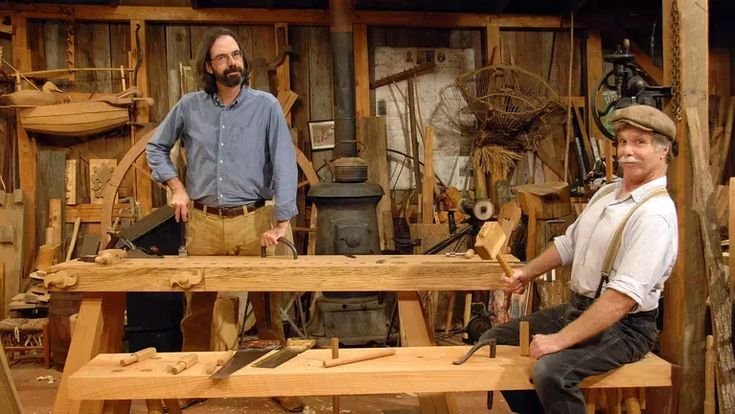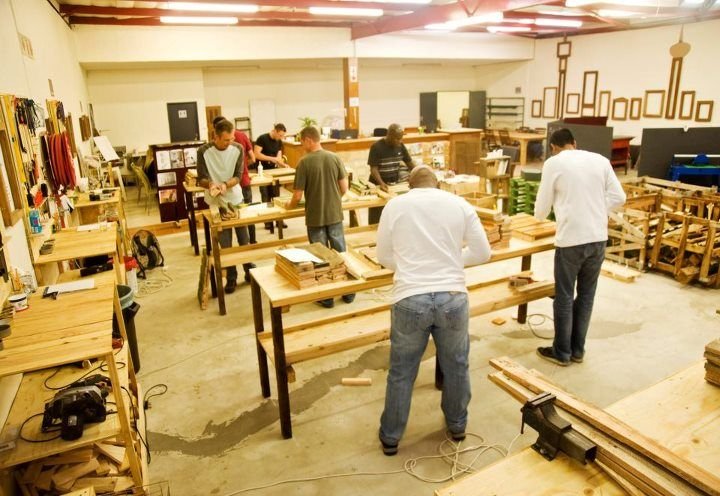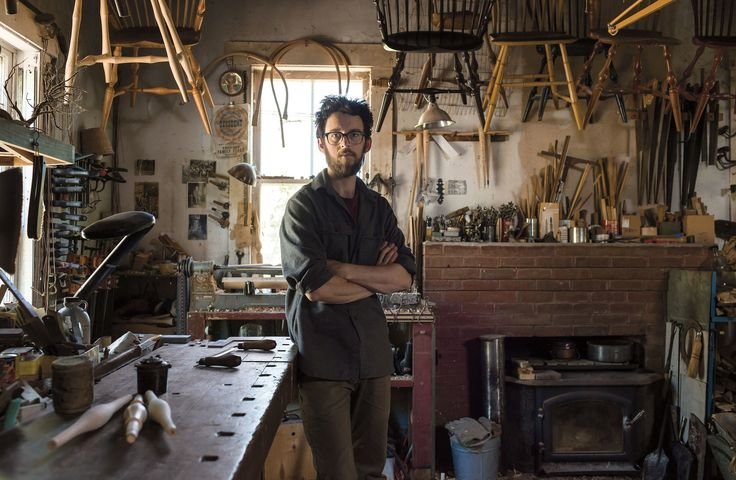The Exhilaration and Chaos of Woodworking Expos
You know, there’s something about a woodworking expo that just gets my heart racing. Maybe it’s the scent of fresh sawdust hanging in the air, like a promise of creativity waiting to explode. Or maybe it’s the charming chaos of folks milling around, their eyes glinting with excitement and anticipation. A couple of weekends ago, I attended one of those expos in a nearby town—I tell you, it was a rollercoaster of emotions.
So, you know I’ve been dabbling in woodworking for a while now, right? I started with just a cheap set of hand tools and a few scrap pieces of pine I found around the garage—nothing fancy, just enough to keep me entertained while my wife watched whatever reality show was on TV. My first project was a simple birdhouse. I figured, how hard could that be? I almost gave up when I realized I had more nails poking through the sides than I had actually secured. But, against all odds, it kind of worked out in the end. For every broken dowel, there’s this weird sense of achievement that keeps you coming back for more.
Anyway, back to the expo. Walking in, the first thing that hit me was the rich smell of cedar mixed with the faint whiff of varnish. A table sat in the corner showcasing some stunning walnut furniture—those deep, chocolatey grains just called my name. Oh man, did I just stand there for a solid five minutes, staring? You bet I did. I mean, who wouldn’t? My brain kept spinning, “How on earth am I going to replicate something that looks this good?”
After a bit of shameless drooling, I thought it was time to talk to some folks. You’ll never believe what happened next! I struck up a conversation with an older gentleman, probably in his sixties, who was showing off his handcrafted chisels. Now, I’ve dabbled with chisels here and there, but let me tell you, these looked like heaven in steel. He explained how they were made from high-carbon steel, and all the little details made my head spin—things like the tempering process and how the angle of the blade can change everything. I nodded along, pretending I knew exactly what he was talking about. Inside, I was thinking, "Good grief, I’m still trying to get a clean cut with my bargain-bin chisel!"
And this is where my first big lesson of the day came in. He said something that really stuck with me: “A tool is only as good as the person wielding it.” It was kind of like the universe was giving me a nudge, saying it doesn’t matter how fancy your tools are if you don’t put in the time to practice. I clutched that little nugget of wisdom like a prized possession.
Next up, I found myself wandering into a demo area where a young lady was running a workshop on using a hand plane. Let me tell you, the sound of that blade slicing through wood was music. The way she made it look so effortless had me convinced I could handle it, too. Naturally, I signed up to give it a shot, and I’ll be the first to admit—I completely butchered it. Chips of wood flew everywhere. At one point, I even took a small chunk out of the edge of the board, and I could feel my face turning red! I laughed it off, but inside I was thinking about how I was gonna have to spend the afternoon hiding my mess from my wife—she’s a bit of a perfectionist.
But that’s the beauty of woodworking, isn’t it? Mess-ups are just stepping stones. I walked away thinking, “Maybe I should invest in a better hand plane.” Still, I felt like a bit of a fool because I couldn’t get a simple edge right. I mean, it was kind of humbling to see people who could make it look so easy. But that’s where growth lives, I believe. It’s in those moments when you nearly embarrass yourself but still decide to give it another go.
Later in the day, I stumbled onto a booth filled with exotic woods—things I’d only read about in magazines. I’m talking zebrawood, mahogany, and even some layered burls that felt almost too beautiful to touch. I started chatting with the vendor; it turns out he’s from a family that’s been in the business for generations. He was telling me how each type of wood has its quirks, its personality. “You can’t just treat them all the same, ya know?” he said, gesturing to a swallowtail joint he was working on.
That really made me think about my own projects. I’ve had my fair share of battles with pieces that warped or didn’t fit. I remember one time I was trying to make a small bookshelf out of birch plywood. Let me tell you, I planned and measured, wrote everything down in my little notebook—and still ended up with a shelf that almost collapsed under the weight of a dozen hardcovers. It was those same lessons in patience and care I learned from that vendor, just from a different angle.
By the end of the day, I had a few new tools tucked under my arm, a handful of wood samples, and a stubborn determination not to let my last project defeat me. I walked out feeling like I had not just gathered supplies, but stories and friendships and, most importantly, lessons I’d carry back to my little workshop.
So, you know how this goes: if you’re toying with the idea of picking up woodworking or diving into your next project, just do it. And yeah, you’ll probably mess up. You’ll likely face a few eye-roll moments when you realize you didn’t read the grain of the wood right or forgot a step in your process. But that’s the beauty of it. You learn, you laugh, and in the end, you might just create something even more special than you thought possible.
If I could offer one last piece of advice from an old fool who’s been bruised by a few hammer swings, it’s this: don’t take it too seriously. Mistakes will happen, and they’re part of the fun. Each misstep is a step toward becoming a better woodworker—just like those beautiful pieces you see at expos, they’re made through trial and error. So grab that tool, even if it’s a bit rusty, and jump in—who knows what you might create?

